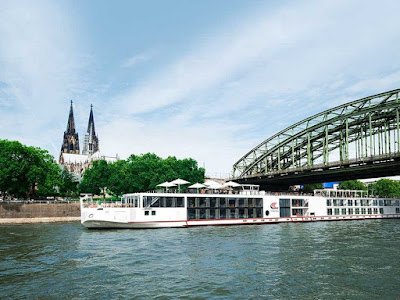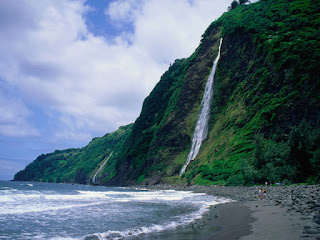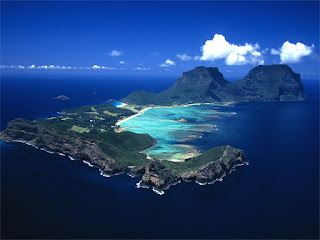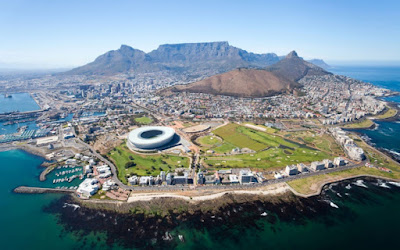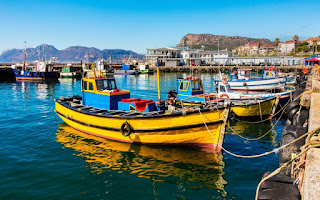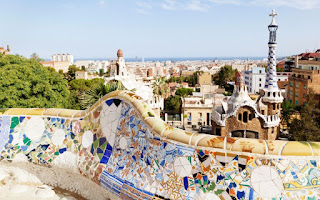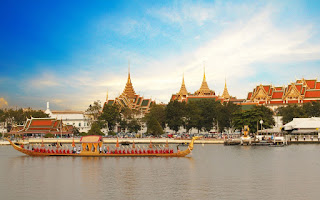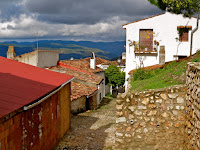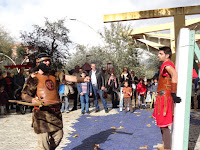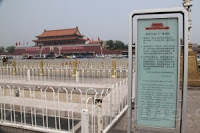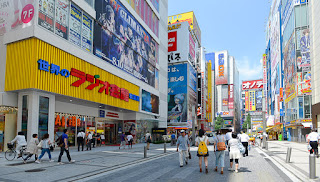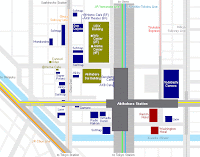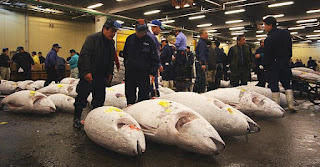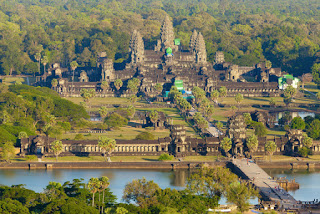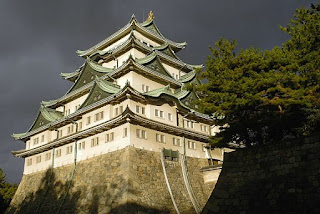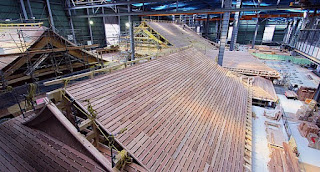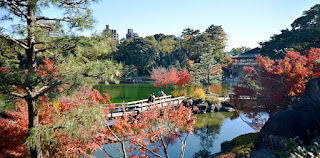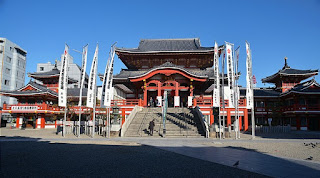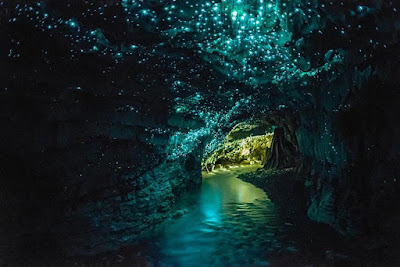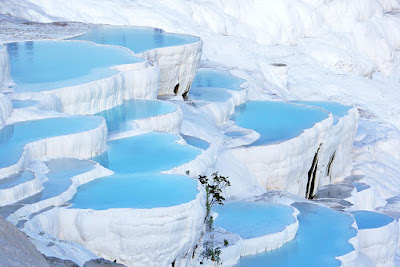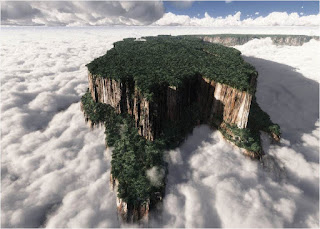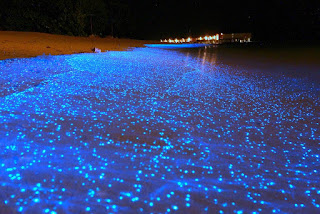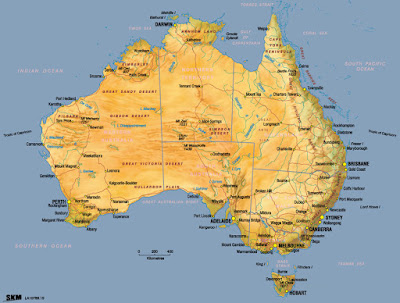Getting the most from your cover
Going away is one of the highlights of the year, and none of us really wants to think about something going wrong while we are enjoying sun, sea and sangria.
But the reality is that some of us will have some sort of problem while we are away, whether that is lost luggage, delayed or cancelled flights, or a medical emergency. So getting travel insurance really is a must before you head overseas.
However, the price of policies can vary dramatically, so never accept the first price you find, always compare prices to make sure you get the best value cover you can.
What do you need to cover?
You must get cover for anything that you anticipate could go wrong. So the basics would be lost luggage, delay or cancellation of your flights, needing to cancel your holiday before you go away in the case of illness or a death in close family, medical treatment while you are away, and cover for any dangerous sports or activities that you are planning on taking part in. For medical cover, the minimum cover you should have is £1m, although some policies will go as high as £10m, and it is wise to get a higher limit if you are travelling in America or Australia, where treatment is famously expensive.
Getting cover for medical evacuation and repatriation, in case you cannot fly home on a commercial flight or without a medical professional, is wise. This is especially the case if you are involved in winter sports or other dangerous activities which could lead to serious injury.
Never assume the activity you want to undertake is covered as standard under the policy - you always need to check the terms and conditions, and buy additional cover if you need to.
Baggage cover and cancellation cover should be at least as high as the value of the baggage you are taking, and the cost of your holiday so you are not out of pocket.
Cancellation cover will usually be between £1,000 and £2,000, which for most trips will be enough, but remember to include any pre-paid trips and excursions you are planning while you are away. If you are taking expensive items with you, such as laptops or cameras, then make sure their value is within the single item claim limit on the policy you have chosen. This is often £200-£300. Otherwise you could find yourself unable to replace them if they are lost or damaged while you are on holiday.
You should also have at least £1m of personal liability cover in case something happens and you face claims against you personally as a result.
In addition, getting some kind of catastrophe cover with your policy, so if there is a repeat of the Icelandic Ash Cloud or there is another disaster while you are away that prevents you from getting home, you will be able to reclaim your additional costs.
What happens if the holiday company goes bust?
This depends on whether you have left before or after it fails. Years ago, it would have been unusual for someone to consider this, but with the likes of XL and Silverjet going under in 2008, it has become much more of an issue for holidaymakers.
If you have booked a holiday in good faith with a company and it goes bust before you go away, you will not usually have enough cover under your insurance policy to deal with this, unless you have what is called 'Standard Airline Failure' as part of your cover. But this is rare, so if you want this cover you need to make sure you choose a company that offers it.
If you are away when the holiday company goes bust, then providing it is Air Travel Organisers' Licensing (ATOL) protected, which most package deals will be, then you will be able to get home as this means the Civil Aviation Authority will arrange new flights home for you.
If you are yet to leave, you should also be able to get a refund under ATOL rules, but this is not the case if you have booked your accommodation and flights separately. In this case, if you have booked your holiday on your credit card, you may be able to get your money back under Section 75 of the Consumer Credit Act.
This makes the credit card company and the provider of goods or services jointly liable if those services or goods are not provided, or are substandard and are worth more than £100 and less than £30,000. What if my flight is delayed or cancelled?
If your flight is delayed your airline will have to provide you with a seat on a later flight, or refund your money. You have no right to expect the airline to pay for another flight with a separate airline. If it is cancelled, then you should be entitled to food, phone calls and accommodation if the delay means you being stranded overnight. But there is a grey area here, as if the airline claims the delay is outside its control, it does not have to provide you with any compensation.
Being delayed for between eight hours and 12 hours means you should be able to claim some money back from your travel insurer. Check the terms and conditions though, as the actual length of time the delay needs to be will vary from insurer to insurer.
Catastrophe cover will help you if you suffer delays and cancellations due to major events, such as a Volcanic Ash Cloud, but do not assume that you are covered on a standard policy without this being specifically mentioned. To be fair, in most cases, travel insurers will step in to help their customers in these instances even if the cover is not specifically offered, but do not expect it.
Annual, multi-trip or single trip travel insurance?
If you travel abroad a lot, then getting multi-trip cover will work out cheaper for you. Buying single policies each time will become expensive, and you could forget to buy it before you go, which will be a disaster.
However, if you are only going away once in a year, a single trip policy would probably be better value. In both cases, you should compare policies to make sure you are getting the best cover you can, at the best possible price. Remember, cheapest is not necessarily best.
